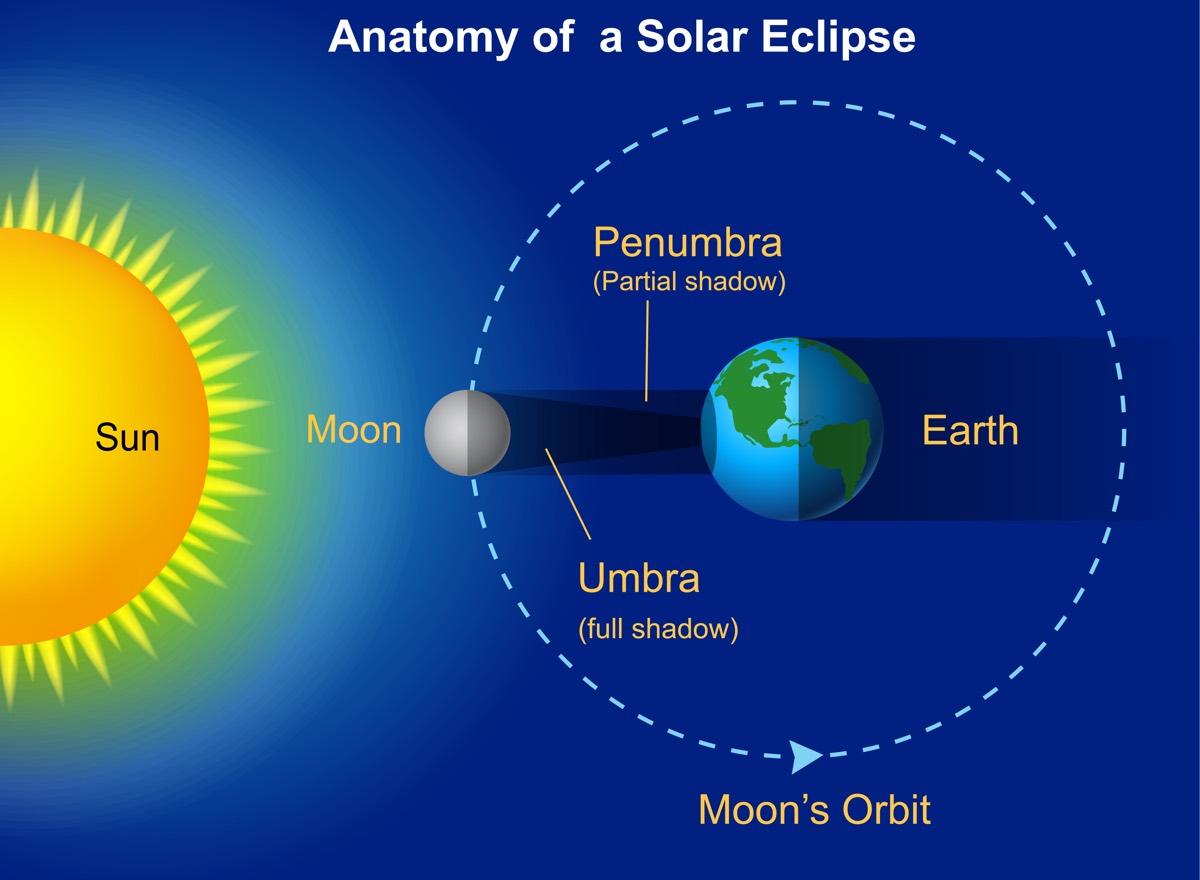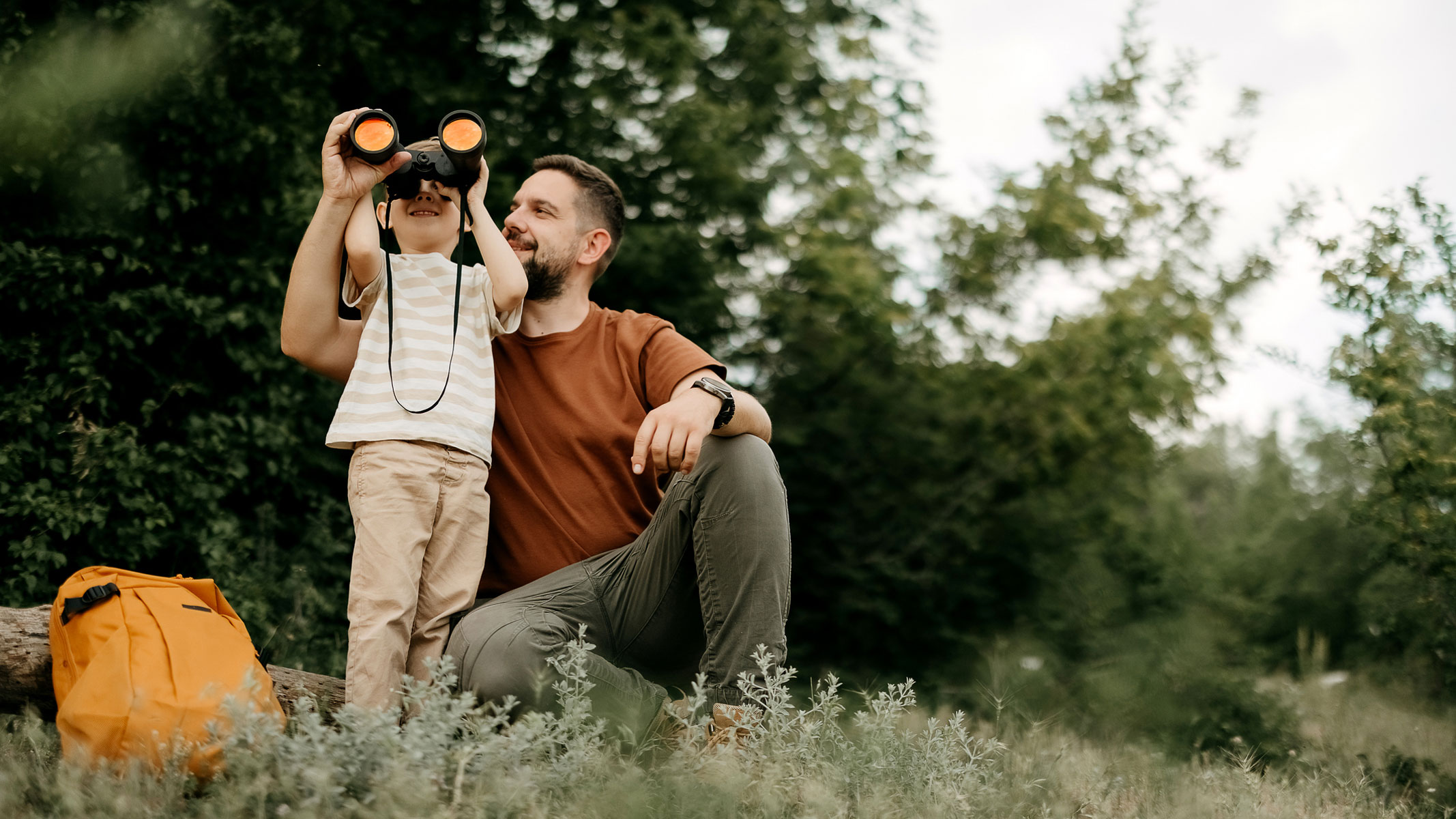Total Solar Eclipse 2017: Everything You Need to Know
On Monday, Aug. 21, the Great American Eclipse will give those in the United States a rare sight — the moon will slip in front of the sun, blocking the rays from hitting Earth and resulting in a gorgeous solar eclipse for those in the path of totality, from Oregon to South Carolina, and a partial one for those outside that path. The U.S. won't be privy to such a view until April 8, 2024, when those in North America will be able to see the total solar eclipse.
To help you prepare for a fun and safe eclipse-viewing, Live Science has compiled everything you need to know, from where to watch, how to watch and the science behind the event. [Watch the Great American Solar Eclipse Live Online]
What is a solar eclipse?
Where should you watch the eclipse?
To find out how close you are to the path of totality, check out these NASA maps of each state with viewing spots.
- There are 21 national parks with spectacular views.
- NASA has a great resource of places to view the total solar eclipse, from national parks and refuges to zoos and libraries.
- If you happen to live near Carbondale, Illinois, you may want to head over to Southern Illinois University where a slew of festivities will help you celebrate and watch the total solar eclipse. Read more about how Carbondale came to be known as the "Solar Eclipse Crossroads of America."
- If you're not able to make it outdoors for the event, NASA has set up a livestream of the eclipse from 12 to 4 p.m. EST.
- And if you happen to be in an airplane during the total solar eclipse, you may not have the best view of the disk of the sun, but there are ways to figure out whether the effects of the eclipse will be visible on the clouds around you or on the ground below.
- If you have a good view of the eclipse, it's best to fight the urge to photograph it, according to one solar astronomer. Find out why he thinks you should not even take your camera.
For the following areas in the U.S., totality starts at the following local times, according to Eclipse2017.org:
- Beach just north of Newport, Oregon: 10:15 a.m.
- Madras and Warm Springs, Oregon: 10:19 a.m.
- Stanley, Idaho: 11:28:18 a.m. MDT
- Mackay, Idaho: 11:30:19 a.m. MDT
- Weiser, Idaho: 11:25:18 a.m. MDT
- Grand Teton National Park, Wyoming: 11:35 a.m.
- Pavillion, Wyoming: 11:38 a.m.
- Alliance, Nebraska: 11:49 a.m.
- Lincoln, Nebraska: 1:02 p.m.
- Troy, Kansas: 1:05 p.m.
- Atchison, Kansas: 1:06 p.m.
- Kansas City, Missouri: 1:08 p.m.
- Murphysboro, Illinois: 1:19:30 p.m.
- Makanda, Illinois: 1:20:11 p.m.
- Carbondale, Illinois: 1:20 p.m.
- Marion, Illinois: 1:20:40 p.m.
- Paducah, Kentucky: 1:22 p.m.
- Franklin, Kentucky: 1:26:48 p.m.
- Clarksville, Tennessee: 1:25 p.m.
- Nashville, Tennessee (at the State Capitol): 1:27 p.m.
- Clayton, Georgia: 2:35:45 p.m.
- Bryson City, North Carolina: 2:35:13 p.m.
- Murphy, North Carolina: 2:34 p.m.
- Greenville, South Carolina: 2:38 p.m.
- Charleston, South Carolina: 2:46:22 p.m.
(Find out where and when the solar eclipse will be visible to you at Eclipse2017.org)
How to watch the solar eclipse online
If you aren't able to witness the solar eclipse in person, there are still ways for you to experience the celestial event. NASA will be hosting two livestreams on Monday: one that follows the eclipse as it makes its way across the U.S., and another from Carbondale, Illinois, a town that is being called the "crossroads" of the eclipse because it lies along the path of totality for this solar eclipse and another in 2024.
How to watch the solar eclipse safely
REMEMBER to never look directly at the sun during an eclipse — During the very brief period of totality, you are safe to gaze at the sun, because the moon's shadow has completely blotted out the light. But at all other times, looking directly at the sun can harm your eyes. You must wear solar eclipse viewers; sunglasses won't do the trick. Here's a visual step-by-step guide (and a video) for how to make your own viewers.
Get the world’s most fascinating discoveries delivered straight to your inbox.
- Has Anyone Gone Blind from Staring at the Eclipse?
- Can a Solar Eclipse Really Blind You?
- Can Your Pet Go Blind from the Solar Eclipse?
- Solar Eclipse Injury Risk: Doctors Brace for Rise in ER Visits
Solar eclipse viewers
- American Paper Optics (Eclipser) / EclipseGlasses.com / 3dglassesonline.com
- APM Telescopes (Sunfilter Glasses)
- Baader Planetarium (AstroSolar Silver/Gold Film)
- Celestron (EclipSmart Glasses & Viewers)
- DayStar (Solar Glasses)
- Explore Scientific (Solar Eclipse Sun Catcher Glasses)
- Halo Solar Eclipse Spectacles
- Lunt Solar Systems (SUNsafe SUNglasses)
- Meade Instruments (EclipseView Glasses & Viewers)
- Rainbow Symphony (Eclipse Shades)
- Seymour Solar (Helios Glasses)
- Solar Eclipse International / Cangnan County Qiwei Craft Co.
- Thousand Oaks Optical (Silver-Black Polymer & SolarLite)
- TSE 17 / 110th.de (Solar Filter Foil)
Here are some other resources you may find helpful:
- What To Do If Your Solar Eclipse Glasses Won't Arrive in Time
- Visualize the Total Solar Eclipse with NASA's 3D App
How did ancient people view the eclipse?
Others saw the bizarre darkening of the skies as omens and even as inspiration for superstitions:
- Afraid of the Dark? Why Eclipses Frightened Ancient Civilizations
- Christopher Columbus to Thailand's Kings: 11 Curious Eclipse Stories
- A Demon Ate the Sun: How Solar Eclipses Inspired Superstition
- Eclipses Were Regarded As Omens in the Ancient World
- Eclipse Superstitions Are a Thing of the Past, and the Present
- Solar Eclipses and Thailand's Kings: A Curious History
Why does the path of totality move West to East?
Shouldn't the run East to West like the sun rises and sets, respectively? The answer has to do with how the moon orbits Earth — it treks around our planet from West to East (if you were looking down from above, you'd see our lone satellite moving counterclockwise around us). During the solar eclipse, the moon's shadow, called the umbra, follows the moon's path, of course.
Solar eclipse science
For some skywatchers, the upcoming eclipse is also an opportunity to duplicate one of the most famous experiments of the 20th century, which astrophysicist Arthur Eddington performed in an attempt to prove that light could be bent by gravity, a central tenet of Albert Einstein's theory of general theory.
Here's also a rundown of 10 solar eclipses that changed science. And here's a look at the hopes and dreams of solar eclipse chasers: Solar Eclipse-Chasing Jets Aim to Solve Mystery of Sun's Corona
Want to read more about eclipse science? Check out these stories:
- Myths Aside, Eclipses Don't Endanger Pregnancies
- Do Other Planets Have Solar Eclipses?
- Eclipse Overload: What If the Sun Were Blocked for Years
- The 2017 Solar Eclipse May Prove the Sun Is Bigger Than We Think
- This Is What the Sun's Outer Atmosphere Will Look Like During the Solar Eclipse
Original article on Live Science.
Jeanna Bryner is managing editor of Scientific American. Previously she was editor in chief of Live Science and, prior to that, an editor at Scholastic's Science World magazine. Bryner has an English degree from Salisbury University, a master's degree in biogeochemistry and environmental sciences from the University of Maryland and a graduate science journalism degree from New York University. She has worked as a biologist in Florida, where she monitored wetlands and did field surveys for endangered species, including the gorgeous Florida Scrub Jay. She also received an ocean sciences journalism fellowship from the Woods Hole Oceanographic Institution. She is a firm believer that science is for everyone and that just about everything can be viewed through the lens of science.



